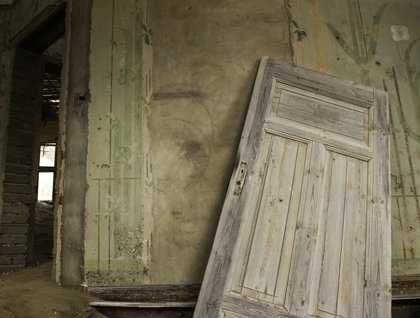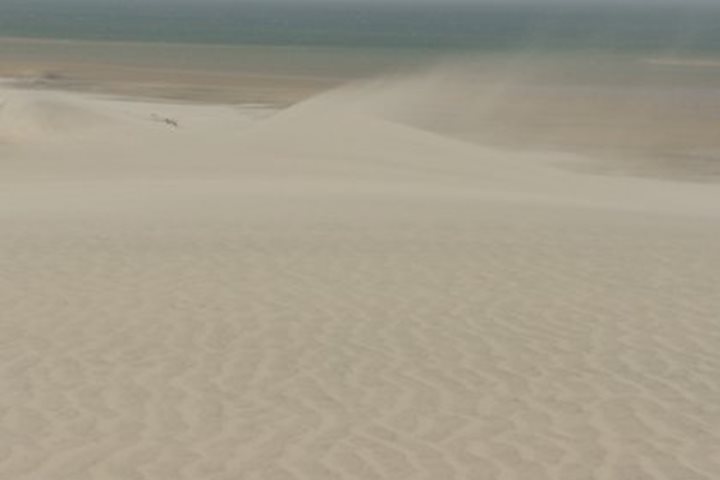It is sobering to reflect in this continent of our common ancestry that European settlements in Africa prior to around 1870 were largely limited to coastal locations. Within a generation, European economic and military rivalries in the lead-up to the Great War of 1914-18 saw Africa divided up between the rival European powers like a giant cake.
For Great Britain, the young Cecil Rhodes sought to create an imperial pathway from Cape Town to Cairo, painted imperial red on the map, even as the French sought to revive the glory days of Napoleon by spreading French influence across the Maghreb. In what is today called Namibia, Bismarck’s newly united Germany sought to check British expansion by creating Deutsch-Südwestafrika in 1884. What had created the sudden interest in territories that the first European explorers had judged to be of limited usefulness was, of course, the discovery of mineral wealth. Cecil Rhodes amassed huge personal fortune as a young man from his diamond mines at Kimberley and the Germans were to exploit diamonds discovered in their colony. Today uranium extraction has been added to diamonds as a major source of income for a country that gained its independence as recently as 1990.
The colonial history of this country was fraught with difficulty for its native peoples. Under German colonial rule, an uprising by the Herero and Nama people was brutally suppressed, leaving some 75,000 people dead. In the aftermath of German defeat by the British in 1918, the former German colony was administered by South Africa under a League of Nations mandate. When the League of Nations was replaced by the UN in 1946, South Africa refused to surrender its mandate and the apartheid system came to be applied here. An independence movement organized by SWAPO campaigned for independence from the 1960s onwards, with South Africa finally agreeing to withdraw from the country in 1988.
Our morning excursion took us to the now-disused mining settlement of Kolmanskop, a lucrative diamond mine that was worked out in the 1950s and has evocatively, if eerily, been reclaimed by desert dunes, an apt metaphor for the transience of colonialism in African deep time. Our port town of Lüderitz was founded by a Adolf Lüderitz from the Hanseatic city of Bremen and contains good examples of German colonial architecture, including the prominent Lutheran church. Without the adjacent diamond mines, the town has been in decline but today functions as a base for tourism, a rapidly developing sector of the Namibian economy.









